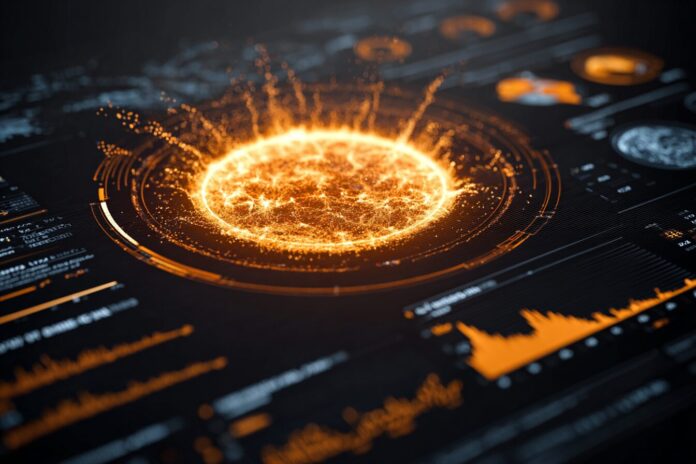Revolutionizing Space Weather Forecasts: The Surya Model
Space weather affects everyone. Most importantly, solar storms can disrupt power grids, satellites, and internet services. NASA and IBM work together to change this narrative with the new Surya AI model.
Because of its innovative design, Surya provides early and accurate warnings. Furthermore, this model improves our resilience against solar disturbances by offering vital preparation time.
How Surya Works: Unleashing AI for Heliophysics
The Surya model is fueled by nearly 15 years of high-resolution solar data. Because it uses data from NASA’s Solar Dynamics Observatory (SDO), the model detects subtle but critical changes in the Sun’s activity.
Most importantly, Surya applies machine learning to analyze multi-wavelength imagery and magnetic field measurements. Therefore, it can identify the early signs of solar disturbances in real time, as explained in NASA’s detailed research.
Improved Warning Times: Extra Hours to Prepare
Surya forecasts solar flares up to two hours in advance, offering a 15% improvement in prediction accuracy. This improvement is vital because every minute counts when protecting critical infrastructures.
Besides that, even a 30-minute alert can significantly reduce risks. Operators can act quickly to reroute power or secure satellite operations, as highlighted by IBM’s breakthrough model.
Global Advance Alert: Not Just Where… But When
In addition to predicting the timing, scientists have developed another model called DAGGER. This innovative tool forecasts both the timing and the location of geomagnetic storms, providing actionable data at a glance.
Because DAGGER delivers updated forecasts every minute, it gives operators a crucial 30-minute notice. Therefore, power grid managers and aviation controllers can implement safety measures promptly, as discussed in the research by Trillium Tech and NASA’s insights on AI in heliophysics.
Open Access and Collaborative Innovation
NASA has made the Surya model available to the global research community. This transparency invites collaboration and accelerates further advancements in solar storm predictions.
Because experts worldwide can access the model and its codebase, innovative solutions can be rapidly developed. Researchers and enthusiasts can test new ideas, fostering a community of collaborative innovation as noted by Europlanet Magazine.
Securing the Future: Why Solar Storm Prediction Matters
Solar storms pose significant risks by causing geomagnetic disturbances. Most importantly, these events can damage satellites, navigation systems, and even power grids, impacting modern digital economies.
Because the economic and safety consequences are immense, early detection plays a critical role. Therefore, accurate predictions reduce potential losses and protect essential technological infrastructures.
The Road Ahead: Trusted Warnings, Smarter Responses
The introduction of Surya represents a paradigm shift in space weather forecasting. Most importantly, its open-access nature speeds up the adoption of advanced predictive models across various sectors.
Besides that, improved warnings allow industries from aerospace to telecom to adjust operations effectively. This progress heralds a safer, more resilient future for our society as we mitigate the effects of solar storm disruptions.
References
- NASA Science: Artificial Intelligence Model for Heliophysics
- Trillium Tech: New AI-powered Model Predicts Solar Storms
- NASA: AI Predictions Give Time to Prepare for Solar Storms
- Fierce Network: IBM’s New AI Model Predicts Solar Storms
- Europlanet Magazine: Using AI to Predict the Danger of Solar Storms for Earth



